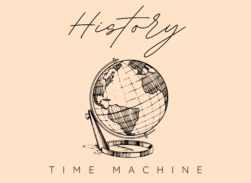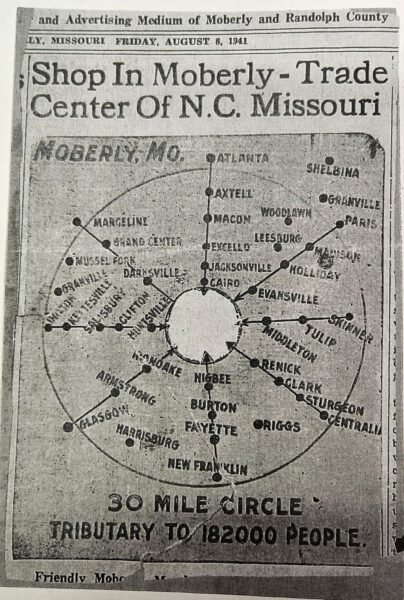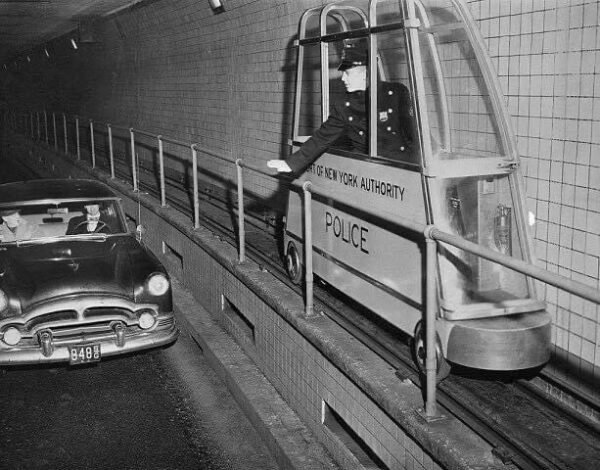The Last of the Patriots: William Hutchings and the American Revolutionary War.
The American Revolutionary War, a pivotal conflict that birthed a nation, remains a defining chapter in the tapestry of United States history. Its legacy is carried not just in the annals of history books but in the lives of those who fought for the vision of a free and independent America. Among these brave souls was William Hutchings, a name that may not echo through the halls of history as loudly as Washington or Jefferson but whose life story encapsulates the spirit of the Revolutionary generation. At the remarkable age of 100, Hutchings was photographed in 1864, providing us with a tangible connection to the early years of American independence.

This photograph of William Hutchings is not merely an image; it’s a portal to the past, offering a glimpse into the life of a man who witnessed the fledgling stages of the United States. Hutchings’ longevity allowed him to live through both the Revolutionary War and the Civil War, embodying a century of American growth, change, and resilience. His story invites us to reflect on the sacrifices of those early patriots whose efforts laid the groundwork for the nation we know today.
As we delve into the narrative of William Hutchings, we also explore the broader context of his times. The world of 1764, when Hutchings was born, was vastly different from the America he saw in 1864. His life spanned a period of extraordinary transformation—in society, politics, and technology—that shaped the nation’s path. Through Hutchings’ eyes, we can imagine the evolution of America from a collection of colonies to a unified country standing on the brink of industrialization.
The enduring legacy of Revolutionary War veterans like Hutchings reminds us of the importance of preserving our history. It’s through stories like his that we maintain a connection to our past, understanding the foundation upon which the United States was built. For those interested in exploring historical artifacts and the lessons they hold, resources like Spin to Learn: The Antique-Style Globe That Enhances Your Knowledge offer engaging ways to connect with history and expand our understanding of the world.
As we journey through the life of William Hutchings, we celebrate not just the man but the era he represents—an era of courage, sacrifice, and an unyielding belief in the promise of a better future.
William Hutchings: The Man Behind the Legend
William Hutchings’ story is one of resilience, patriotism, and a deep-seated belief in the cause of American independence. Born in the mid-18th century, Hutchings was a young man when the stirrings of revolution began to sweep across the thirteen colonies. His decision to join the ranks of those fighting for freedom was a testament to his courage and commitment to the ideals that would shape the emerging nation.
Hutchings served with distinction during the Revolutionary War, a conflict that tested the resolve and determination of all who were involved. The specifics of his service, while not as well-documented as those of more famous figures, contribute to the rich tapestry of stories that constitute America’s fight for independence. His participation in key battles and his experiences during the war offer us a window into the life of an ordinary soldier thrust into extraordinary circumstances.
After the war, Hutchings returned to civilian life, embodying the spirit of the new nation as it embarked on its journey as an independent country. His life post-war was marked by the same resilience he displayed as a soldier, navigating the challenges and opportunities of a country in its infancy.
As Hutchings aged, he became a living relic of a pivotal era in American history. By the time he was photographed at the age of 100 in 1864, he had lived through not only the Revolutionary War but also the Civil War—a period that once again tested the ideals for which he had fought in his youth. His longevity made him a bridge between two defining chapters in the American story.
The photograph of William Hutchings taken in 1864 is more than just a portrait of a centenarian; it is a symbol of the enduring legacy of the Revolutionary War veterans. It serves as a reminder of the sacrifices made and the principles fought for—principles that continue to resonate in the American consciousness.
As we reflect on the lives of those who shaped the early course of American history, it’s essential to explore other landmarks and cultural artifacts from the era. Works like Uncle Tom’s Cabin: A Landmark in American Literature, though from a later period, are pivotal in understanding the evolving narrative of freedom and justice in America. Just as Hutchings’ life story offers insights into the Revolutionary era, “Uncle Tom’s Cabin” provides a critical examination of the issues leading up to the Civil War, contributing to our broader understanding of America’s complex history.
A Century of Change: America from 1764 to 1864
The span of William Hutchings’ life from 1764 to 1864 represents a period of profound transformation in the United States, a century marked by revolution, expansion, and the struggle to define the nation’s identity. Hutchings was born into a world where the American colonies were under British rule, and he lived to see the country not only gain independence but also grapple with its growing pains, culminating in the Civil War.
This century was characterized by rapid advancements in technology and industry, shifts in social norms, and significant political changes. The early years of Hutchings’ life were defined by the simplicity of the horse and buggy era, a time when transportation and communication were limited, and the pace of life was dictated by the rhythms of nature and agriculture. This era, while seemingly quaint by today’s standards, was the backdrop against which the American Revolution was fought—a testament to the resilience and determination of those who sought independence from one of the world’s most powerful empires.
As Hutchings aged, he witnessed the Industrial Revolution’s beginnings, the expansion westward, and the increasing tension between the North and South over slavery and states’ rights. These changes reflected a nation in flux, struggling to define its values and ideals amidst rapid change.
The contrast between the world Hutchings was born into and the one he left is stark. By the time of his photograph in 1864, America was in the midst of the Civil War, a conflict that would ultimately redefine the nation’s character and course. This period of intense conflict and change underscores the resilience of the American spirit, a trait embodied by Hutchings and his contemporaries.
Reflecting on this era’s simplicity and complexity offers a unique perspective on how far America has come. For those interested in exploring what life was like during Hutchings’ youth, Step Back in Time: The Simplicity of Horse and Buggy Era provides a fascinating glimpse into the daily lives and challenges of early Americans. Understanding this period helps us appreciate the foundation upon which the modern United States was built and the enduring legacy of its early patriots.
Preserving History: Remembering the Revolutionary War
The life of William Hutchings, spanning from the pre-Revolutionary era through the Civil War, underscores the importance of preserving history and remembering those who fought to shape the nation’s future. As one of the last surviving veterans of the American Revolutionary War, Hutchings serves as a poignant reminder of the sacrifices made and the enduring legacy of the war’s heroes.
The Importance of Historical Preservation
In an age where the past can easily be overshadowed by the fast pace of modern life, the preservation of historical stories, artifacts, and landmarks is more crucial than ever. It connects us to our roots, offering lessons from the past that can inform our future. The story of Hutchings and his contemporaries is not just a tale of bygone days but a living part of American identity, a narrative of resilience, bravery, and the pursuit of liberty.
Remembering the Revolutionary War
The American Revolutionary War was a defining moment in history, laying the groundwork for the United States as we know it today. Remembering this period and its participants is essential for several reasons:
- Educational Value: Learning about the Revolutionary War provides insights into the complexities of nation-building and the ideals of democracy and freedom.
- Cultural Significance: The war is a crucial element of American heritage, shaping national identity and values.
- Inspiration: The courage and determination of Revolutionary War figures inspire current and future generations to uphold and fight for their beliefs and rights.
Honoring the Legacy
As we reflect on the contributions of William Hutchings and others like him, we are reminded of the importance of honoring their legacy. This can be achieved through various means, from educational programs and historical reenactments to the preservation of historical sites and the promotion of research and scholarship about the Revolutionary War.
The Enduring Spirit of Patriotism
William Hutchings’ journey through a century of American history is a testament to the enduring spirit of patriotism and the importance of remembering the past. His life story, captured in a photograph at the age of 100, offers us a window into the early days of the United States, reminding us of the resilience and determination that have shaped the nation.
As we continue to explore and remember the Revolutionary War, we carry forward the legacy of those who fought for the freedoms we enjoy today. In doing so, we ensure that their sacrifices are never forgotten and that the principles they fought for continue to inspire and guide us.
Questions and Answers About the Revolutionary War Time Period
What were the main causes of the American Revolutionary War?
The war was primarily triggered by the colonies’ growing dissatisfaction with British rule, including taxation without representation, restrictions on colonial trade, and the imposition of British troops in American territories.
How did ordinary citizens contribute to the war effort?
Ordinary citizens played crucial roles, from serving as soldiers and spies to providing food, shelter, and supplies to the Continental Army. Women, in particular, contributed by managing farms and businesses in their husbands’ absence.
What was the significance of the Treaty of Paris (1783)?
The Treaty of Paris officially ended the Revolutionary War, recognizing American independence from Britain and establishing the United States’ borders.
Remembering the American Revolutionary War and its veterans like William Hutchings is not just about honoring the past; it’s about understanding the foundation upon which the United States was built and appreciating the ongoing journey of American democracy and freedom.
As an Amazon Associate we earn from qualifying purchases through some links in our articles.




